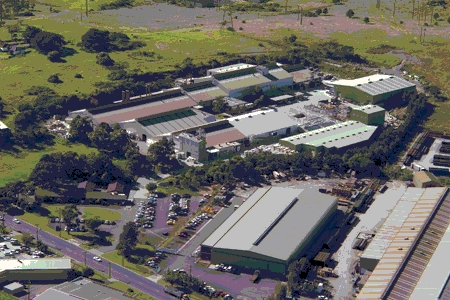History Of Shinagawa Refractories Australasia
Shinagawa can trace it's history in Australia back to 1908 when the Newbold brothers established a silica brick plant in Lithgow to service the needs of the Hoskins Iron and Steel Company. Hoskins Iron and Steel was absorbed into the giant BHP Steel (now known as BlueScope Steel Limited) and Newbold Refractories expanded to become the largest refractory company in Australia.
Eventually BHP Steel was to purchase most of Newbold's plants to form Australian Industrial Refractories and then BHP Refractories in a strategic move to protect its refractory requirements. The other Newbold plants formed Kaiser Refractories, who then in 1988 combined with Harbison ACI and Morganite Australia to form Heat Containment Industries and later Thermal Ceramics Australia.
With the acquisition of BHP Refractories by Shinagawa Thermal Ceramics the rich and proud tradition, started by the Newbold brothers, has come full circle. Shinagawa also acquired the refractory business that was formed by the merging of Kamo Green and Winstone Refractories in New Zealand to create Shinagawa Refractories Australasia NZ Limited.

Shinagawa Japan
Established in 1875 the Shinagawa Refractories Company is Japan's oldest and most respected refractory supplier. It has modern well equipped manufacturing facilities in Japan including state-of-the-art equipment and the latest CIM (computer integrated manufacturing) systems. Shinagawa Japan has long been respected worldwide for its technological innovation and state-of-the-art research and development facilities covering all aspects of refractory usage from product formulation through to final application in industrial plant and equipment. This innovation and know how is now available to Australian industry through Shinagawa.

In October 2009, Shinagawa Refractories Co., Ltd. and JFE Refractories Corporation merged, and started as a new company. As a supplier producing a full range of products, JFE Refractories, like Shinagawa Refractories, had consistently contributed to the technical progress of the steel making industry and the society in which it operated from its foundation in 1938. The new company combines a firm business foundation, superior competitive strength of the top-class quality and technologies of both companies.


